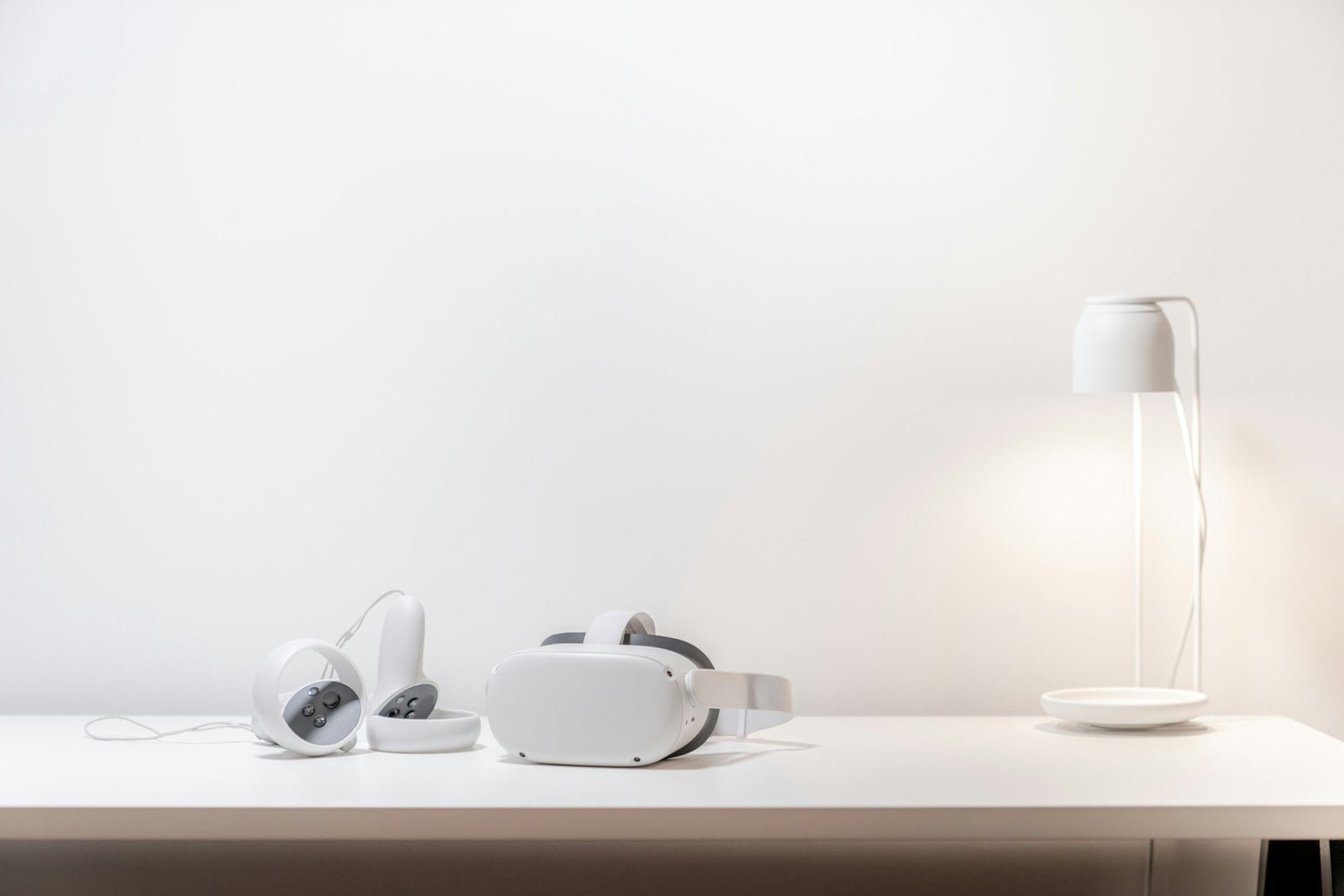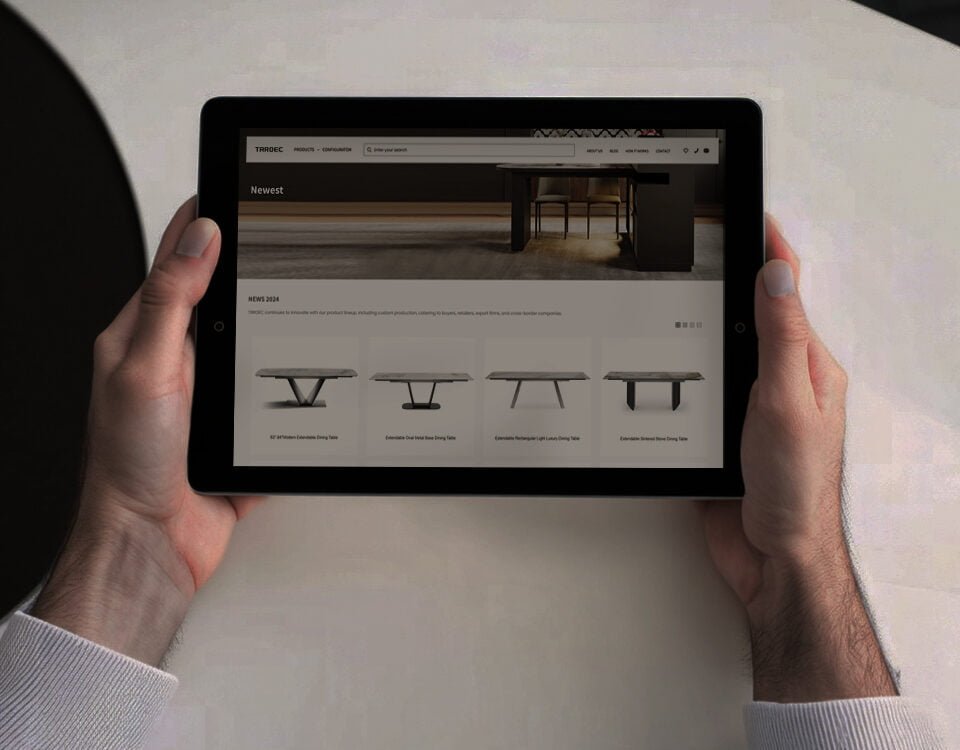
Introduction to Virtual Reality in Interior Design
Virtual Reality (VR) stands as a groundbreaking technological advancement that has dramatically reshaped various industries, including interior design. At its core, VR is a simulated experience that can either mirror the real world or create a completely different environment. The inception of VR can be traced back to the early 1960s, evolving from rudimentary prototypes to sophisticated, high-fidelity systems we witness today.
VR functions through a combination of hardware and software to create these immersive experiences. Hardware components typically include head-mounted displays (HMDs), sensors, and controllers that track the user’s movements and interactions within the virtual space. The software aspect involves generating the 3D environments and ensuring seamless navigation and interaction within these digital spaces. Together, these elements create a virtual reality that can be explored and manipulated in real-time, providing users with an unparalleled sense of presence and immersion.
The integration of VR into interior design has opened up new vistas in the way designers conceptualize and communicate their ideas. Traditional methods often involved static images or scaled-down physical models, which, while useful, lack the dynamic and interactive nature that VR provides. With VR, designers can build and navigate through full-scale virtual models of their proposed interiors. This allows clients to experience spaces as if they were physically present, making it easier to understand spatial relationships, color schemes, and design elements.
Moreover, VR technology is not just a fleeting trend but a pivotal innovation in modern interior design. It enhances client engagement and satisfaction by offering an experiential preview of the final outcome, thereby reducing the likelihood of miscommunication and costly revisions. VR represents a progressive step towards more effective, client-centered design practices, demonstrating its transformative potential in the realm of interior design.
Virtual reality (VR) is rapidly transforming the field of interior design by significantly enhancing visualization and client engagement. Traditional design tools, such as sketches, 2D plans, and mood boards, often fall short in conveying the depth and feel of a proposed design. These conventional methods may leave clients struggling to fully grasp how their space will look and function in reality, which can lead to misunderstandings and dissatisfaction.
However, VR offers a groundbreaking solution by enabling designers to present their visions more accurately and vividly. Through VR, clients can experience a lifelike, 3D walkthrough of their future space long before any physical changes are made. This immersive experience helps in bridging the gap between conceptual ideas and tangible outcomes, allowing clients to visualize each design element in context. They can move through the virtual space, inspect details, and even interact with features as if they were physically present.
Real-life examples demonstrate how VR enhances client communication and decision-making. Designers utilizing VR have reported a significant reduction in revisions and alterations. For instance, a client who is able to virtually walk through a proposed layout is more likely to understand and approve the design choices, such as furniture placement, lighting effects, and color schemes. This interactive process ensures that designers and clients are on the same page, fostering stronger trust and collaboration.
Moreover, VR’s impact extends beyond mere visualization. By immersing clients in a realistic simulation, designers can gather immediate feedback and make adjustments in real-time. This dynamic interaction not only saves time but also enhances the overall satisfaction of the client. Clients feel more involved and reassured, as they can see the potential of their space clearly and contribute to the design process more effectively.
Ultimately, virtual reality is revolutionizing interior design by elevating client engagement and providing a more accurate representation of design ideas. As VR technology continues to evolve, it promises to set new standards for client satisfaction and trust in the interior design industry.
Streamlining the Design Process
Virtual Reality (VR) is emerging as a transformative tool within the interior design industry, optimizing the design process and enhancing operational efficiency. By injecting VR into various stages of design—from concept development and spatial planning to final execution—interior designers can now streamline their workflows significantly. This digital revolution integrates seamlessly with existing technologies like Computer-Aided Design (CAD) and Building Information Modeling (BIM), thereby facilitating a more cohesive and efficient workflow.
VR offers designers the ability to create immersive virtual environments where they can quickly iterate on designs and make immediate adjustments. This technology allows them to test different materials, layouts, and furnishings in a virtual setting, providing invaluable insights into how the final space will look and feel. As a result, the timeframe for making critical design decisions is drastically reduced, which can lead to accelerated project timelines.
Furthermore, the integration with CAD and BIM software enhances accuracy in spatial planning and resource allocation. With VR, designers can visualize the intricate details of their projects, making it easier to identify and resolve potential issues before they become costly mistakes. These technologies collectively help create a more flexible and collaborative design process, as changes can be implemented in real-time and team members can interact in a shared virtual space, regardless of their physical location.
Numerous case studies highlight the practical benefits of VR in interior design. For instance, a residential design firm utilizing VR tools reported a 30% reduction in project timelines and a significant decrease in material wastage. Another example is a commercial office space project where VR streamlined the decision-making process, leading to a 25% cost savings and a more cohesive design that fully met the client’s vision.
Incorporating VR into the interior design process not only accelerates project timelines but also fosters a more collaborative and flexible environment. By leveraging VR, CAD, and BIM, designers can achieve higher levels of precision, creativity, and efficiency, ultimately revolutionizing the way interior spaces are conceptualized and executed.
The interior design industry is on the cusp of a technological revolution, driven by the integration of Virtual Reality (VR) and other emerging technologies. As we gaze into the future, the role of VR will become increasingly intertwined with augmented reality (AR), mixed reality (MR), and artificial intelligence (AI), collectively forming the foundation for more immersive and efficient design processes.
Innovation with Mixed and Augmented Realities
Mixed reality (MR) blends the physical and digital worlds, presenting new avenues for designers to create hybrid spaces that can be experienced in real-time. With MR, designers could develop interactive environments where virtual elements seamlessly coexist with the physical world, enhancing customer engagement and satisfaction. Similarly, augmented reality (AR) offers the ability to overlay digital information onto the physical environment. AR could allow clients to visualize how different design elements will appear in their actual spaces before committing to any choices, thereby minimizing risk and streamlining the decision-making process.
Artificial Intelligence: A Game Changer
Artificial intelligence (AI) is set to further propel the industry forward, providing invaluable support in automating and optimizing design tasks. By leveraging AI algorithms, designers can generate data-driven insights that inform layout options, color schemes, and material selections tailored to individual preferences. Integrating AI with VR could result in smart design platforms capable of learning and adapting to user behaviors over time, offering more personalized and efficient design solutions.
Future Applications and Opportunities
Looking ahead, we can speculate on several potential applications of VR in interior design that promise to transform the industry. Fully virtual design consultations could become the norm, allowing clients and designers to collaborate remotely with unprecedented ease and detail. VR-enabled e-commerce platforms might revolutionize how consumers shop for furniture and decor, providing immersive previews of products in virtual room settings. Furthermore, virtual staging for real estate could significantly enhance the marketability of properties, offering potential buyers a highly realistic experience of living in the space.
However, the journey toward this technologically advanced future is not without its challenges. The high costs associated with VR hardware and software, as well as the need for expertise in operating these advanced systems, pose significant barriers. Addressing these limitations will be crucial for ensuring widespread adoption and maximizing the long-term impact of VR on the interior design industry.


